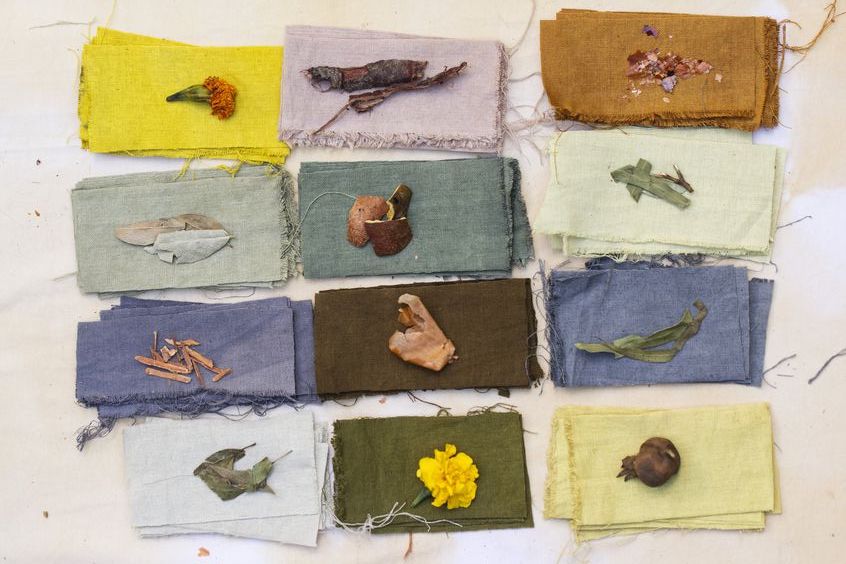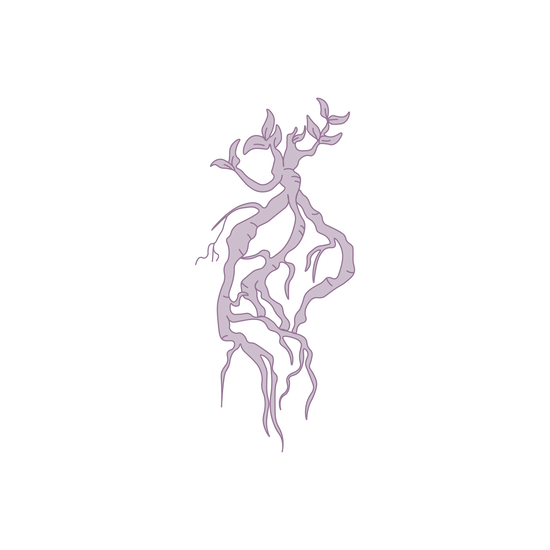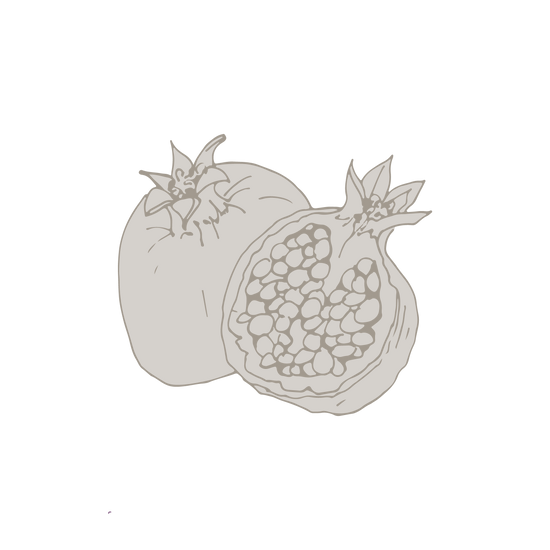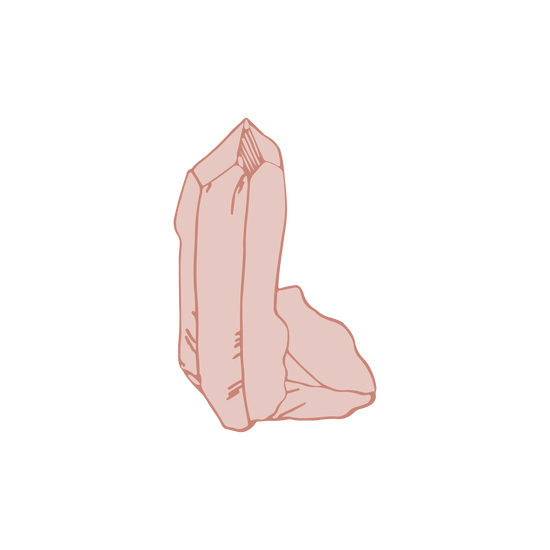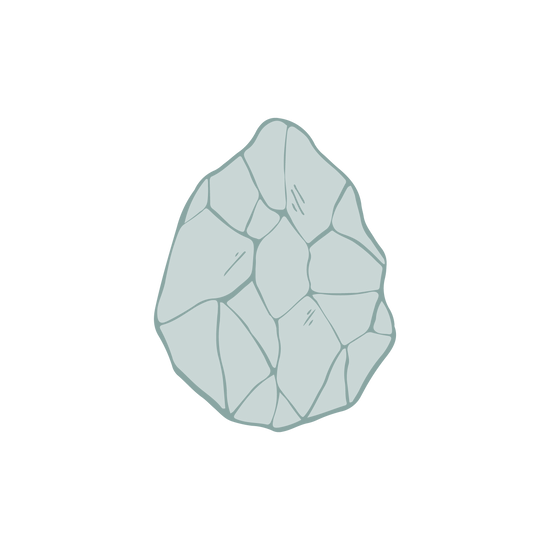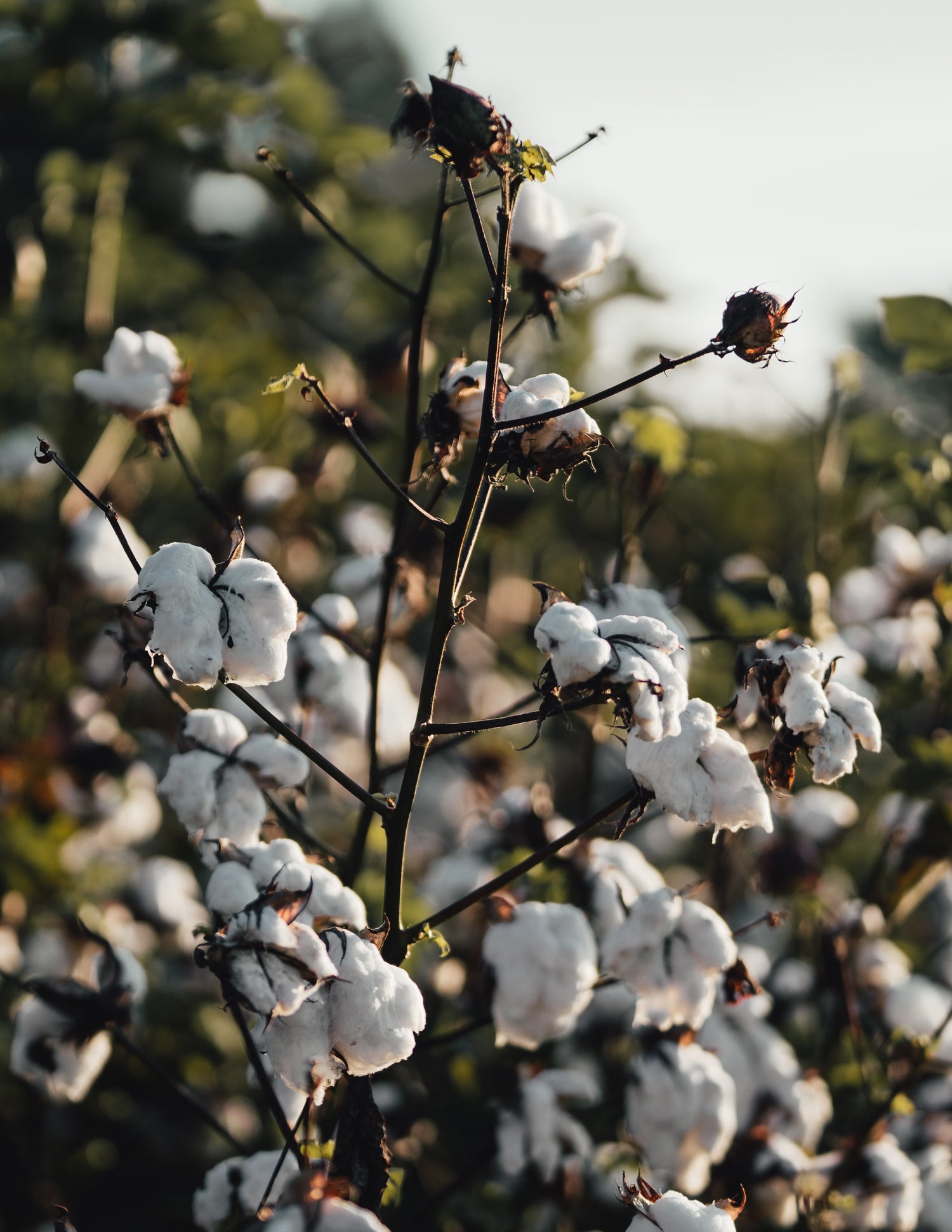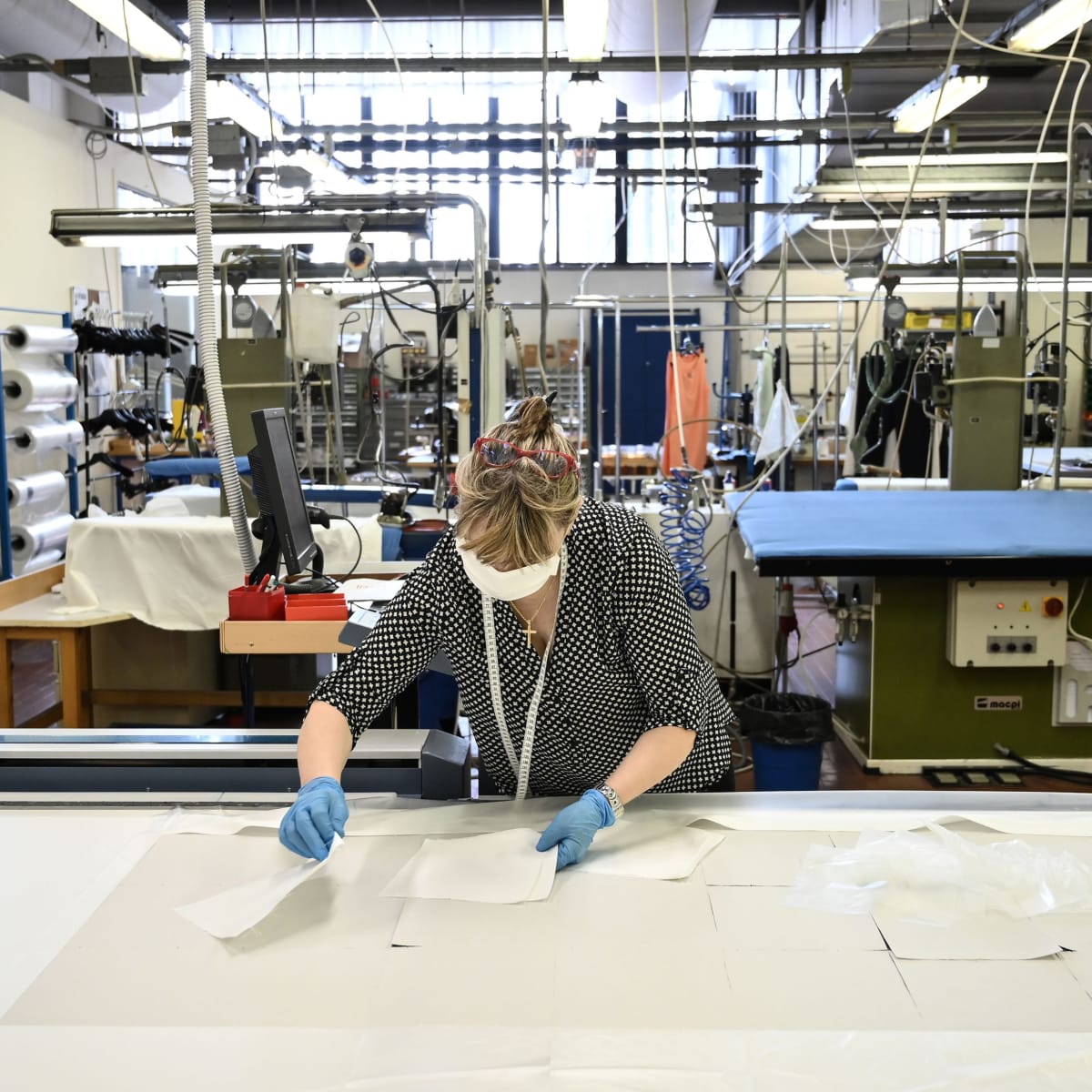Dyeing: nature and technology
Nature is our first source of inspiration: we use dyes obtained from plants, herbs, spices and minerals and we use natural dyeing methods that return to the environment what is taken from it without polluting it.
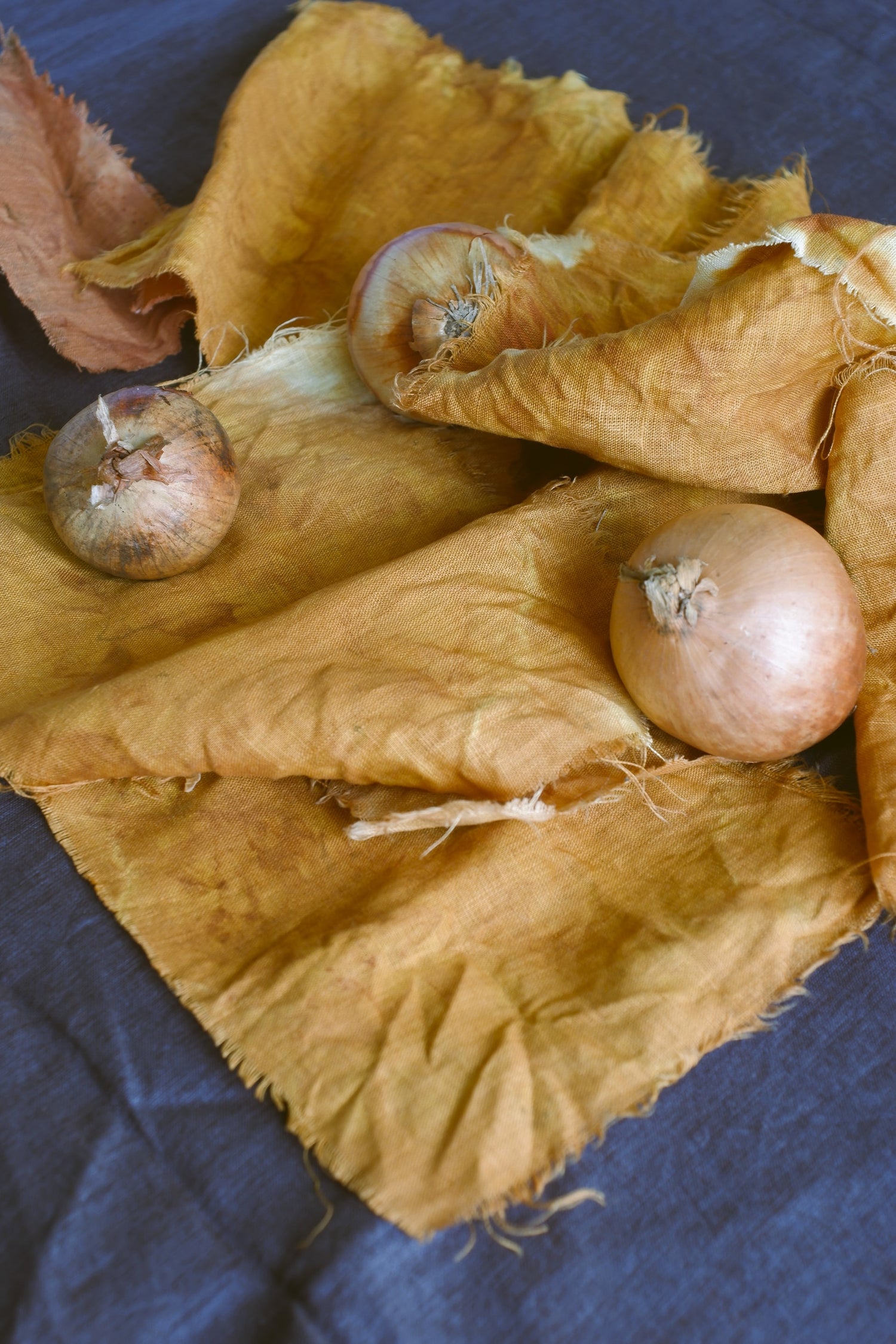
The problem of dyes
The industrial dyeing process of fabrics is one of the most polluting of all and has a high environmental footprint. This phase of clothing production has three main problems:
1. The use of chemicals that lead to polluted wastewater emissions that damage ecosystems;
2. The use of energy from non-renewable sources to power machinery;
3. the consumption of large volumes of water for fixing dyes to fabrics.
Our solution
We are constantly looking for new solutions and collaborate with innovators to find dyes that are more respectful of the planet.
A dye is a molecule that penetrates the amorphous space of the fiber and binds chemically. Here it interacts with sunlight by responding in the visible spectrum.
Thuja uses natural dyes:
1. Extracts from dyeing plants historically known for their coloring power and resistance to washing;
2. Analyzed for the absence of pesticides and heavy metals;
3. Grown on farms with organic certification and with Gots 6 and Zdhc 1 certificates.
The dyeing plant, that is the structure where the fabric dyeing process takes place, has the following performances:
1. Zero discharge of hazardous chemicals (ZDHC compliant) renewable energy supply (photovoltaic panels, 1/3 of the energy requirement);
2. Transparency of the processes and ingredients used; more water and energy efficient dyeing methods (e.g. batch dyeing);
3. The dry cleaners are GOTS certified.
A little science
Reactive dyes, used in the traditional fashion industry, are man-made synthetic compounds consisting of two main parts: the colored part, called the chromophore, and the part that binds to the surface of the fiber.
Reactive dyes covalently bind to cellulose molecules in the fiber. Covalent bonds are the strongest types of chemical bonds, which is why they are one of the most permanent dyes.
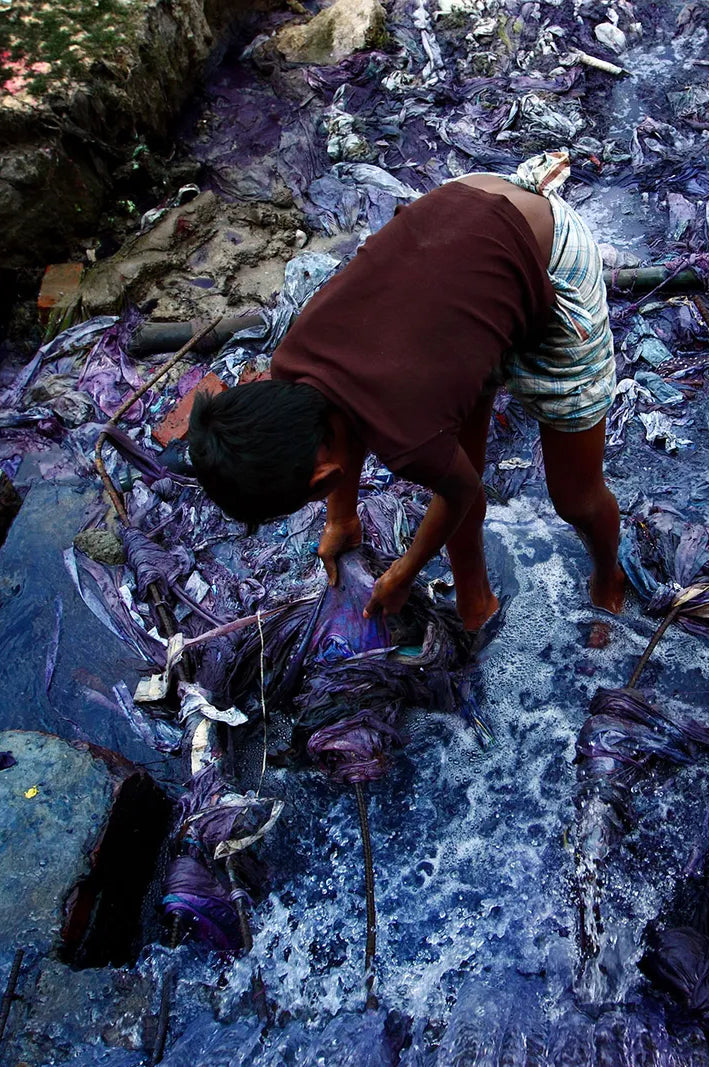
Because they are not good for the environment and for your skin
Did you know that in the production of conventional clothing, cotton is dyed in the textile industry using sulfur dyes derived from fossil fuels? Fossil fuels are a non-renewable resource that is rapidly depleting and once depleted, they are gone forever.
Their extraction is also polluting and harmful to the environment as, when burned to produce energy, they release carbon dioxide, trapping heat in our atmosphere and contributing to climate change.
The current standard dyeing method, called aqueous dyeing, also uses water and this, combined with 'sticky' reactive dyes can be problematic if handled poorly. In fact, in the water-based dye bath, a dye molecule can bind to either the fiber or a water molecule, in a process known as hydrolysis.
Dye molecules that react with water are very difficult to remove from a dye bath, making wastewater treatment chemically intensive and expensive. This is also the reason why dye baths cannot be reused.
One can well imagine how wastewater treated improperly and full of dye, if released into the aquifers, damages the ecosystem and makes the water inaccessible to neighboring populations.
Natural dyes
Natural dyes are derived from nature and made from renewable sources. They are extracted from a wide variety of origins, including plants, minerals and fungi. Dyes based on plants, vegetables or food waste are classified as botanical dyes, while mineral-based dyes found near the earth's surface, such as hematite, are known as mineral dyes.
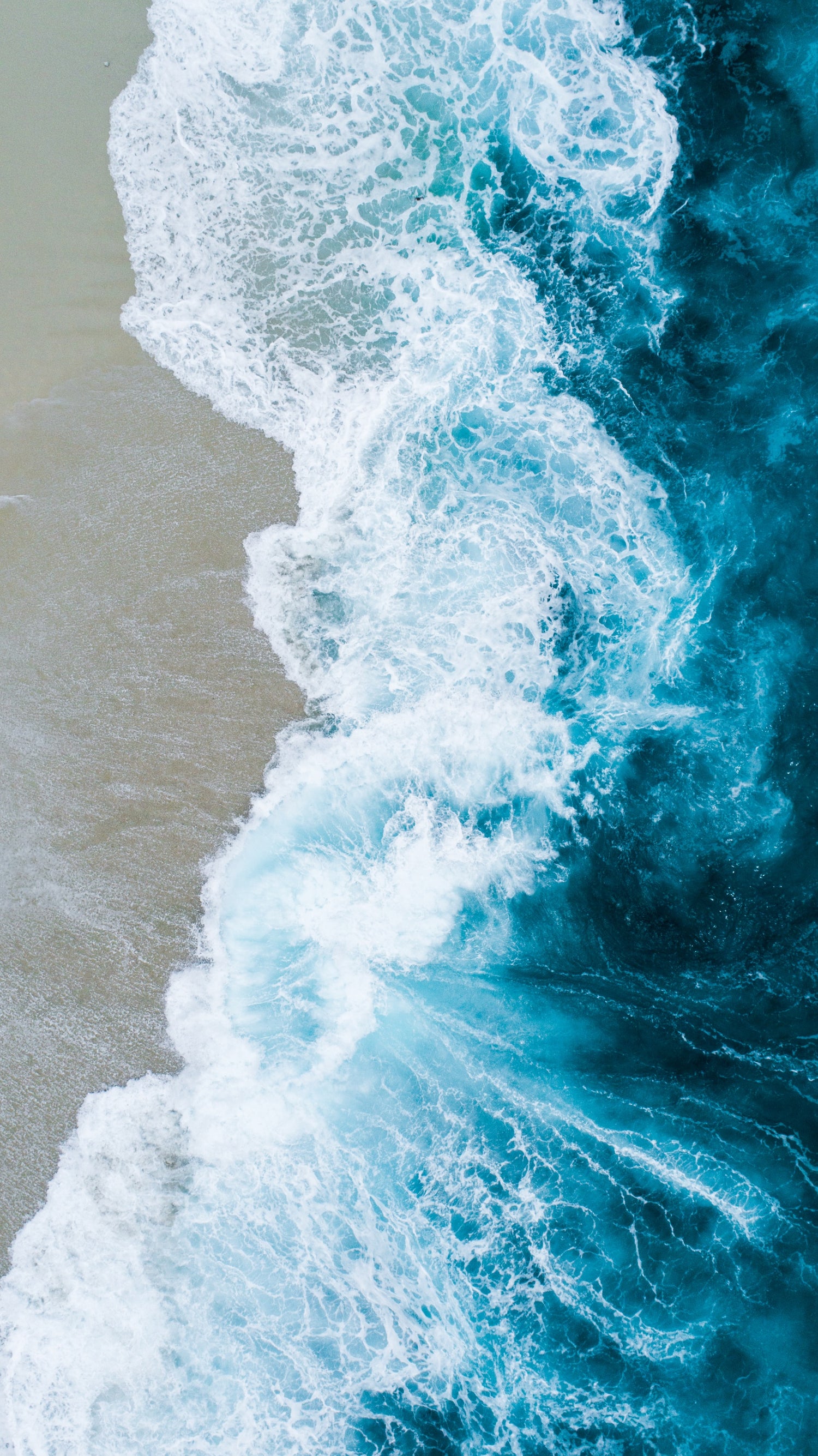
Why natural dyes are better for the planet
Natural dyes have some inherent environmental advantages over synthetic dyes. They come from renewable sources that can be responsibly replenished, including food waste and inedible plant sources. They also offer a great alternative to synthetic dyes that rely on non-renewable fossil fuel origins.
However, their use is mostly limited to natural fibers such as cotton, linen and wool.
Shades can also be difficult to keep consistent and have poor wash and light fastness. Simply put, this means that the color does not hold the fiber firmly and will change over time (sometimes darken). The European dyeing tradition uses metallic mordants to improve the stability of these dyes.
Over time, given their toxicity, the European Community has eliminated most of the metals and today only alum and ferrous sulphate are allowed.
To further decrease the use of these, the process involves a pre-treatment with substances of natural organic origin such as oxalic acid, chitosan and enzymes.
These auxiliaries are certified Gots 6 and Zdhc 1.1 and behave like adhesives improving the penetration of color into the fiber. This results in a brighter shade for the same dye used (so less plant is used to color) and the color is more stable to washes.
We have grasped all these challenges and sought a solution to make high-performance natural-based dyes that help reduce dependence on fossil fuel-based resources and support the transition to a circular and sustainable economy.
Thuja dyes are dyes fixed with auxiliaries of organic origin, certified by Gots 6 and Zdhc 1.1, through the use of renewable energy and clean water, trying to encourage the transition to more renewable and responsible production systems.
We use both botanical (vegetable) and mineral dyes.
The purple madder root, the onion yellow and the pomegranate gray come from a root, a plant and a fruit respectively. The colors of Herculaneum red and Brentonico green belong to the natural lands and ochres, the same ones used by man since ancient times to paint.
Each color has a story linked to a country or territory of our beautiful country. They have been analyzed to ensure the absence of heavy metals certifying their healthiness.
They are also fixed by means of auxiliaries of natural origin such as oxalic acid, chitosan and enzymes; metal mordants are therefore absent from the process.
The colors of nature
-
Natural dyes come from renewable sources, such as plants and minerals, which can be replenished responsibly
-
Industrial dyeing has a high environmental footprint, as it requires a high volume of chemicals and water

